Springer Handbook of Auditory Research, Volume 29: Auditory Perception of Sound Sources
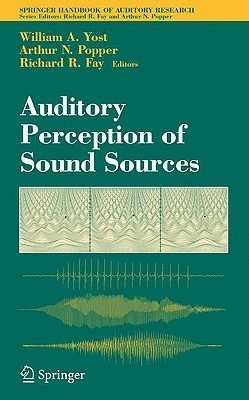
Summary
This volume covers the higher-level auditory processes that are part of animal perception. The chapters describe how humans and other animals perceive the sounds that they receive from the many sound sources existing in the world. This book provides an overview of areas of current research involved with understanding how sound-source determination processes operate. It focuses on psychophysics and perception as well as being relevant to basic auditory research.
Similar Books
-
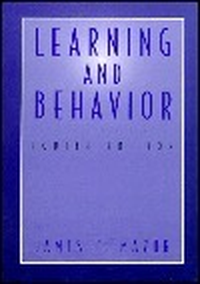 Learning and Behavior
Learning and Behaviorby James E. Mazur
-
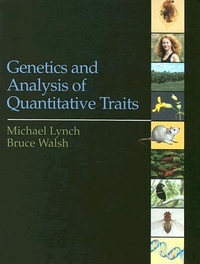 Genetics and Analysis of Quantitative Traits
Genetics and Analysis of Quantitative Traitsby Michael Lynch
-
 Lithic Debitage: Context, Form, Meaning
Lithic Debitage: Context, Form, Meaningby William Andrefsky Jr.
-
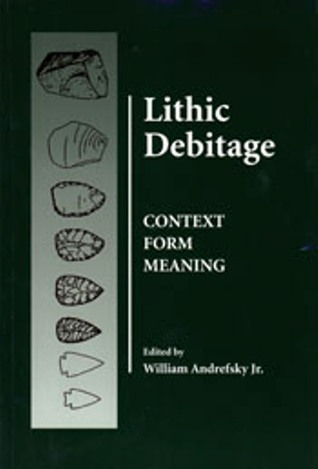 Lithic Debitage
Lithic Debitageby William Andrefsky Jr.
-
 The Evolution of the Genome
The Evolution of the Genomeby T. Ryan Gregory
-
 New Genetics, New Identities
New Genetics, New Identitiesby Paul Anthony Atkinson
-
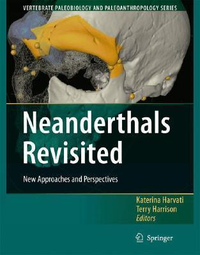 Neanderthals Revisited: New Approaches and Perspectives
Neanderthals Revisited: New Approaches and Perspectivesby Katerina Harvati
-
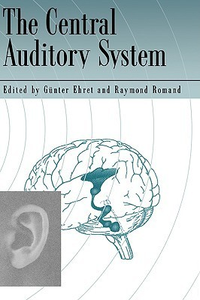 The Central Auditory System
The Central Auditory Systemby Gunter Ehret
-
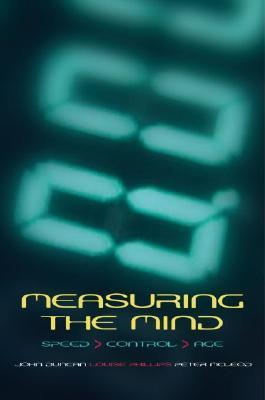 Measuring the Mind: Speed, Control, and Age
Measuring the Mind: Speed, Control, and Ageby John Duncan
-
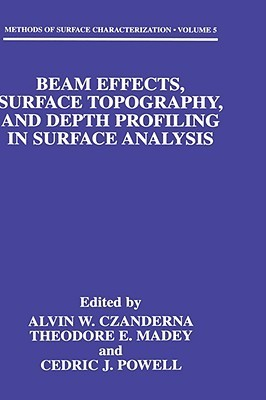 Beam Effects, Surface Topography, and Depth Profiling in Surface Analysis
Beam Effects, Surface Topography, and Depth Profiling in Surface Analysisby Alvin Warren Czanderna
-
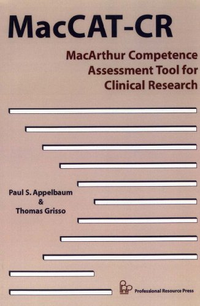 Macarthur Competence Assessment Tool for Clinical Research
Macarthur Competence Assessment Tool for Clinical Researchby Paul S. Appelbaum
-
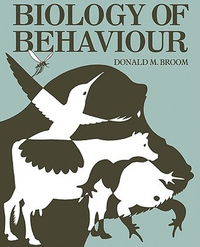 Biology of Behaviour: Mechanisms, functions and applications
Biology of Behaviour: Mechanisms, functions and applicationsby Donald M. Broom
-
 Measuring Movement and Locomotion: From Invertebrates to Humans
Measuring Movement and Locomotion: From Invertebrates to Humansby Klaus Peter Ossenkopp
-
 Advances in Neural Population Coding (Volume 130)
Advances in Neural Population Coding (Volume 130)by M.A.L. Nicolelis
-
 Instrumental Measurement of Sensory Quality Attributes in Food
Instrumental Measurement of Sensory Quality Attributes in Foodby Lester A. Wilson
-
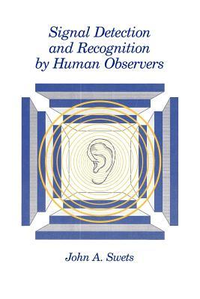 Signal Detection and Recognition by Human Observers
Signal Detection and Recognition by Human Observersby John A. Swets
-
 Developmental Psychobiology New Methods and Changing Concepts
Developmental Psychobiology New Methods and Changing Conceptsby Harry N. Shair
-
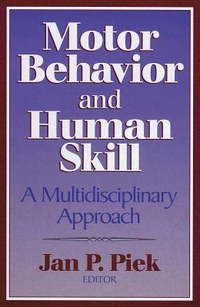 Motor Behavior and Human Skill: A Multidisciplinary Approach
Motor Behavior and Human Skill: A Multidisciplinary Approachby Jan P. Piek
-
 The Neurobiology of Behavior: An Introduction
The Neurobiology of Behavior: An Introductionby Gordon J. Mogenson
-
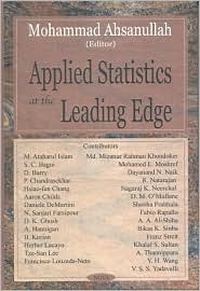 Applied Statistics at the Leading Edge
Applied Statistics at the Leading Edgeby Mohammad Ahsanullah
-
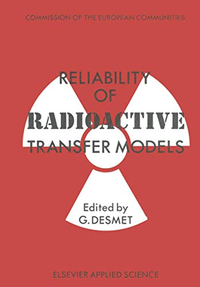 Reliability of Radioactive Transfer Models
Reliability of Radioactive Transfer Modelsby G. Desmet